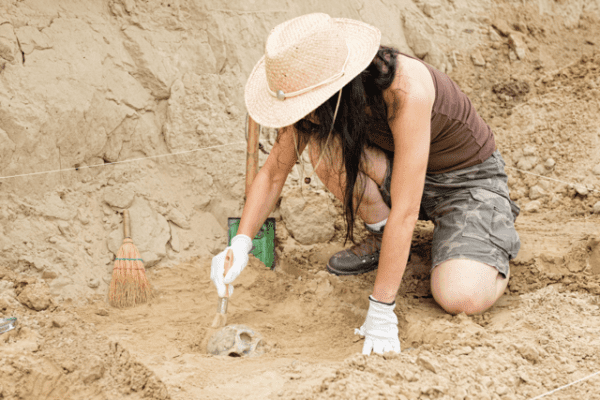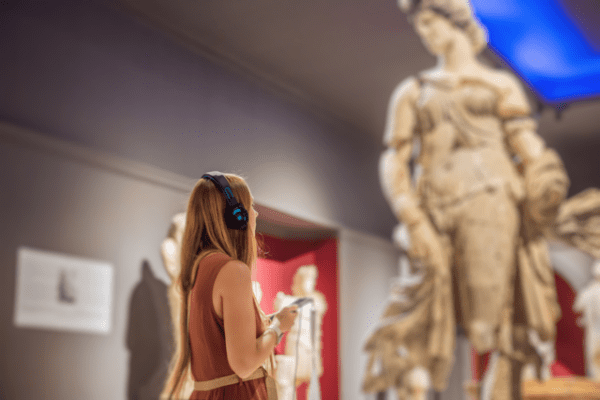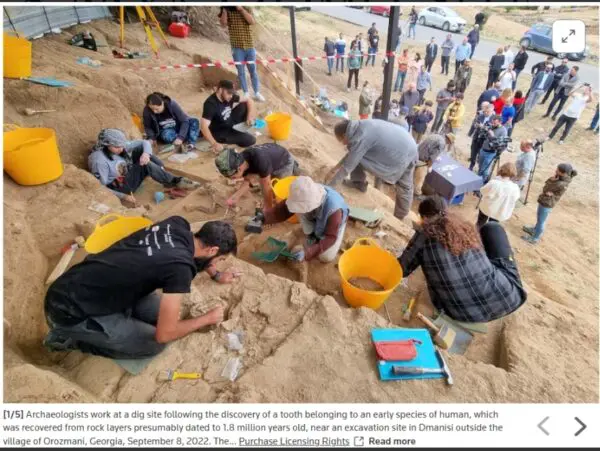
Pazardzhik, Bulgaria
The Temple of Asclepius Excavations
When:
03 August - 30 August 2025
Credits:
0 EC
Read more
Archeology
When:
06 July - 25 July 2025
School:
BAA Archaeological Field School
Institution:
Bulgarian Archaeological Association
City:
Country:
Language:
English
Credits:
0 EC
Fee:
1983 EUR

In 2025 the Bulgarian Archaeological Association (BAA) will conduct excavation at the locality "Lakatnik". At this place is situated an old church called by the locals "St. Panteleimon". In Bulgarian folklore St. Panteleimon is the saint, connected with travels, roads, and links between the worlds.
The church never had been studied. The legend says that at that place was situated an ancient Thracian sanctuary near which centuries later students of St. Clement of Ohrid built the monastery. There are suggestions that for some period an abbot of the monastery was the legendary priest Martin, who maintained close relationships with the monastery Seven Thrones.
However, there is indisputable evidence that the so-called "church" is much earlier than the Medieval period. Its dimensions - 30 x 8 m, its wide apse can be assigned to the Late Antiquity. Furthermore, in close vicinity are located the route of a Roman road. The name "St. Panteleimon" Traveler is an indisputable link to this earlier period. The main goal of this project is to clarify the chronology and the historical background of the church. The scientific significance of this historical monument could be essential as it will clarify the administrative basis of the Late Roman Empire.
In course of the excavations, the students will have a chance to take part in a completely new scientific project, to learn the basic steps of preliminary research activities, GIS studies, topographical and historical context, field methods of starting archaeological digs. The project offers an opportunity to gain basic skills of the "very beginning" of archaeological research, to discover and to analyze archaeological data.
Krassimira Todorova
These excavations are connected with the big question concerning the administrative organization of the Eastern Roman Empire at the time of its very beginning. In 1901 in the area of St. Panteleimon church was made a big discovery. This was a small plate with a very important inscription: "Caro et Carino / uugg(ustis) Gaianus / pr(a)eses finem / posui inter du/[as D]acias dila/[psum? ------". In translation from Latin, it says: In the time of the Emperors Carus and Carinus, the governor Gaianus restored the sign between the two Dacia which has been destroyed by time. This is the only written evidence in the region concerning the beginning of a new era - the big administrative reforms of Diocletian (284-305).
It is known that in 271 the Romans were forced to leave Dacia (the territory of modern Romania). This very dramatic political action was caused by the irresistible attacks of the Goths and the crisis inside of the Roman Empire in the second half of the 3rd c.A.D. As the official statement of the Empire was "we never lose" the old Dacia just was "moved" to the South, not "lost". This way the lands South of the Danube river were renamed to new "Dacia" and the old administration, military forces, etc. were moved in this territory.
In an extensive article J. B. Bury (The Provincial List of Verona. The Jurnal of Roman Studies, Vol 13, 1923, pp. 127-151) discuss the big administrative reform in this period. According to him "An important inscription on a small tablet, found at Bov, has been published by Mr. Filvow which proves that two Dacian provinces had been created by Aurelian. The date must be A.D. 283 and it is obvious that Aurelian set up the boundary stones, one of which Gaianus restored. There were, then, two Dacias when Diocletian came to the throne. The inscription proves that Aurelian divided Moesia into at least three provinces - Moesia Superior, Dacia Prima, and Dacia Secunda. We do not know how far his two Dacia corresponded to the two Dacia of later times."
The archaeological survey conducted in 2017-2019 discovers new data about the area where the inscription was found. This is a wide plateau in the mountains with two lakes and fertile arable land. At the place, the archaeologists found a crossroad of two Roman roads leading to the ancient Serdica (modern Sofia). In the vicinity is situated as well ore mining center, which was also used in antiquity. All these data prove that in this place we should expect a significant center from the Roman period.
The place is suitable to be used for road station (manssio), villa and even for customs. The ruins of the so-called "church" could be connected with each of these administrative or agricultural complexes. The excavations at this place will supplement the information we already have and will reveal new data about the administrative organization at the end of the 3rd c.A.D.
Fee
1983 EUR, Regular fee for 3 weeks
PARTICIPATION FEE INCLUDES: The transfer from Sofia airport to the excavation place and back. Tools and equipment. Tuition fees (theoretical lectures and practical seminars). All meals for the period of stay. Accommodation in Trastenaya hut. THE PARTICIPATION FEE DOES NOT COVER: Your international transportation expenses. In case you need visa for Bulgaria, you have to cover this cost also by yourself. Health insurance. Travel insurance.
When:
06 July - 25 July 2025
School:
BAA Archaeological Field School
Institution:
Bulgarian Archaeological Association
Language:
English
Credits:
0 EC

Pazardzhik, Bulgaria
When:
03 August - 30 August 2025
Credits:
0 EC
Read more

Rhodes, Greece
When:
08 July - 17 July 2025
Credits:
3 EC
Read more

Tbilisi, Georgia
When:
07 July - 28 September 2025
Credits:
0 EC
Read more